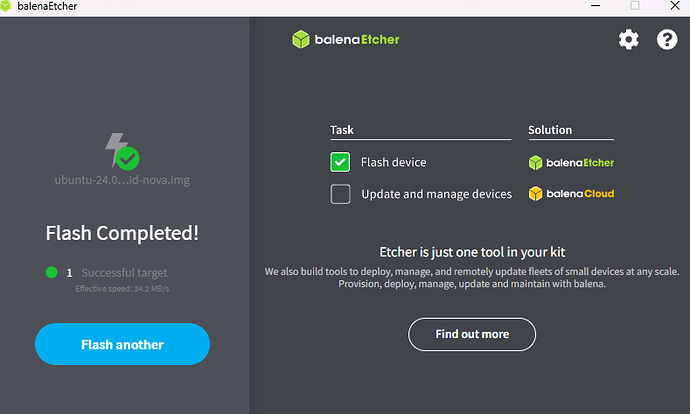Thanks for your feedback.
We’ve been involved in the SBC market for more than 12 years. We looked at what the foreign manufacturers were doing and noted the things we thought we could do better, and decided to have a go at it. We had a specific budget that we could allocate. If we were unsuccessful, losing those funds would definitely hurt, but not cause us to go bankrupt unless other unforeseen circumstances came along. As with most things, reality is much more complicated than it comes across to the “armchair quarterback”. While we had a lot of experience with the game, we were still somewhat in that “armchair quarterback” position.
We have put – and continue to put – a lot of thought, strategy and investment into this project. Although the timeline from conception to completion extended beyond our initial expectations and costs were higher than anticipated, we remained committed throughout. After the initial significant investment to get the project rolling, we faced challenges with extremely limited control over the design process and communication issues with 9tripod. By the time our board overcame numerous unexplained delays and was ready for the market, competitors had introduced similar products at lower prices, creating a highly competitive environment.
Despite these hurdles, we continued to push forward. We distributed engineering samples to developers, many of whom are our friends in the dev community. Their collaboration and support were invaluable. We financially compensated several developers several thousand dollars each due to their dedicated OS development efforts, in addition to a representative agent in China. In addition to the astronomical inventory investment, we invested around $50,000 in developing OS images and documentation for the Nova, along with significant investments from our internal team.
As a US-based company entering the market with our first board, we faced stiff competition from established players, particularly those based in China with better access to suppliers and factories. Additionally, import tariffs of approximately 30% further impacted our price competitiveness. Most Chinese board manufacturers avoid these tariffs by selling direct-to-consumer.
While we hoped for more support from US-based companies finding value in us developing a natively-supported line of SBCs, we understand that several external factors influenced our journey. Despite the challenges, we remain dedicated to exploring opportunities and overcoming obstacles in this dynamic market, and we continue to invest in the Nova.
At this point, it is obvious that we need to redesign our OS downloads page to highlight specific distros that are particularly complete and/or actively developed, while still allowing our users to download any of the numerous distros that our dev community has produced.
